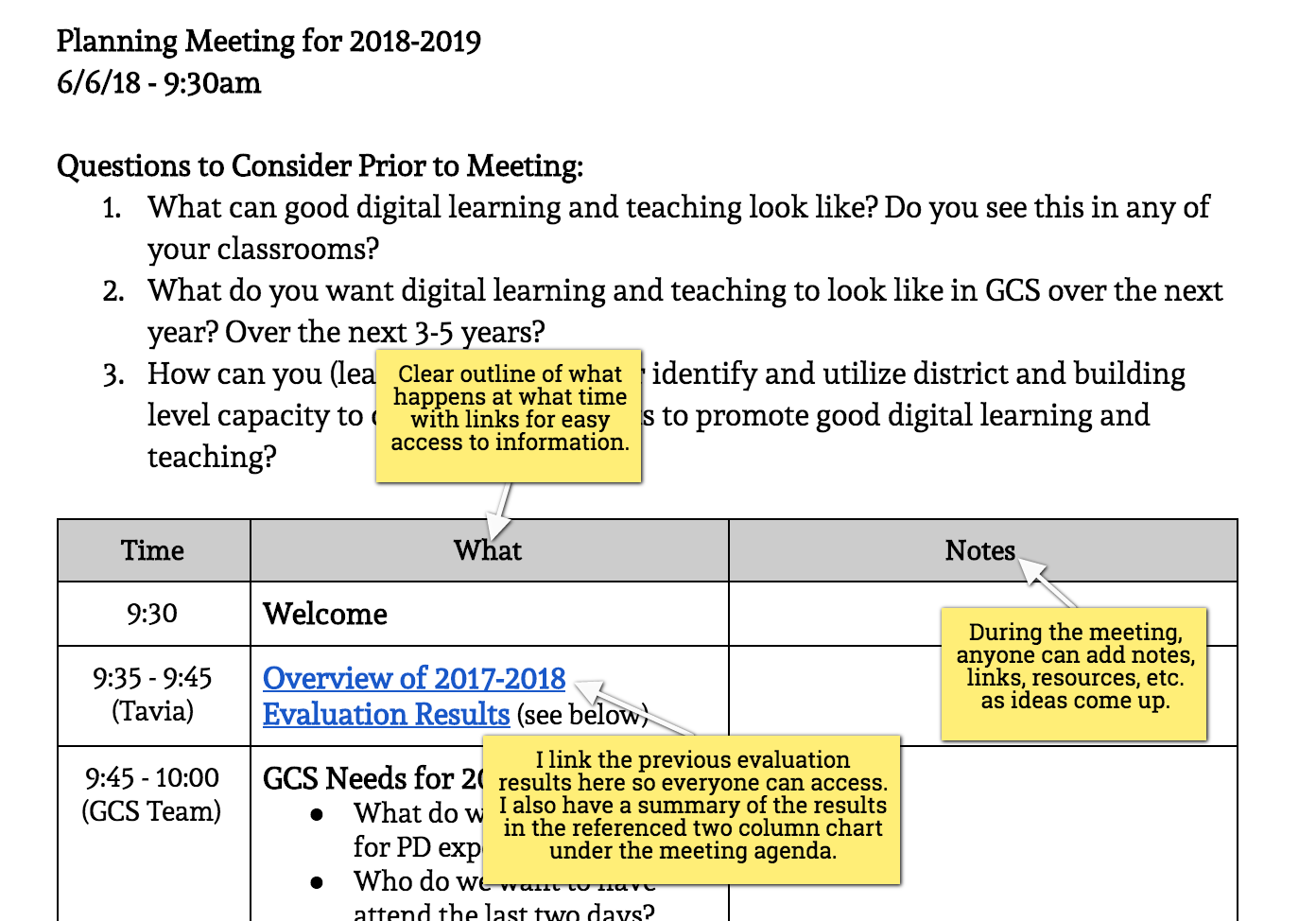By definition transitions are not easy. When we transition we change from one state or condition to another. Even when we move from a negative space to a more positive one, change is never really simple.
As educators, we are used to transition—our lives revolve around it, with daily changes, pivots, and modifications to our work and professional lives. Many of us thrive on this transition, enjoying the progressions that the profession offers. Growth gives us opportunities for transition, sometimes leading us from the classroom to serve in various other educational roles within schools, districts, and state level agencies. And then some of these opportunities lead us elsewhere, sometimes outside of public education and into the private sector.
This particular transition—from public to private sector work—often brings with it the idea of sacrifice. To leave the service of children means sacrificing some of what made us want to become educators in the first place. But I think that it doesn’t have to read this way. Having made this transition, recently, from public education to educational services within the private sector, I suggest that we change the narrative. Instead of viewing leaving the classroom, district, or a state entity as a sacrifice, why not view this as a way to affect different (and just as important) change in the educational world. Everyone working in education, whether within the private or public sectors, has a hand in shaping and creating impact on children.
I adored teaching high school English, being a school librarian, and serving as a digital learning coach. After fifteen and a half years of serving children and other educators, I never thought I’d leave public service. And then an opportunity appeared. In transitioning from public service to working at a private, educational firm, I have reflected a great deal on what service can look like. My transition happened quickly, but brought with it much thoughtful consideration. I was not going to leave public education without making sure that the company I was joining had a mission and vision that aligns to mine. Giving myself space to consider this transition and what it would mean for my career moving forward gave me the confidence to leave public education knowing that I was still going to be able to create change and impact students and educators.
A few of the things I considered before making my transition (and that I asked during my interview at my new company) are:
It’s all about the work, so what will I actually be doing?
I am in it for the work and for creating things that will help both students and other educators. I knew that in order to join another organization, I had to have a clear idea of the work that I would be doing, in this case as a learning experience designer. What type of content will I be developing? How much autonomy will I have? Will I be able to advocate for myself both for work I want to do and work I don’t feel comfortable doing or doesn’t align with my values? Will the work challenge me and push me out of my comfort zone? These are all questions I asked and considered, just as I would with any position within the public education world.
What opportunities will I have to grow?
One thing that makes me cringe is the idea of plateauing—no longer learning or being challenged. I’ve been lucky to have amazing opportunities during my career in public education to grow, with abundant chances for professional learning, both provided by institutions I’ve served and ones that I’ve been given the autonomy to seek out on my own. In moving to the private sector, this was a non negotiable for me—I needed to know that my new organization would invest in my professional growth, seeing this as a way to strengthen the company and the work I am able to create.
How can I stay connected to the classroom—both to students and other educators?
As a learning experience designer, I create content that is used in many places, including the classroom, so it’s imperative that I remain connected to both students and other educators. In leaving public service I didn’t want to lose touch with actual teaching and learning. While I know that I won’t be able to be in classrooms with students and teachers everyday, I chose a company that values this connection and is open to me exploring ways to continue to have my relationships with schools and districts thrive. Whether this means volunteering in classrooms or at events, field testing content that I’m working on, or leading professional learning opportunities for other educators, working for an organization that makes time and space for this is so valuable to me.
I can’t view my transition from public education to the private sector as sacrificing my educator values. If I do, I will fall away from the reason I became an educator in the first place—to serve children. Instead, I’m choosing to rewrite the narrative and use my new position to leverage change and impact within the education world. Right now, this is by creating content that is meaningful, engrossing, and compelling for both students and other educators. And because I joined a private company that realizes the value of each of the people on its team, I feel confident that there is only forward momentum from here.

